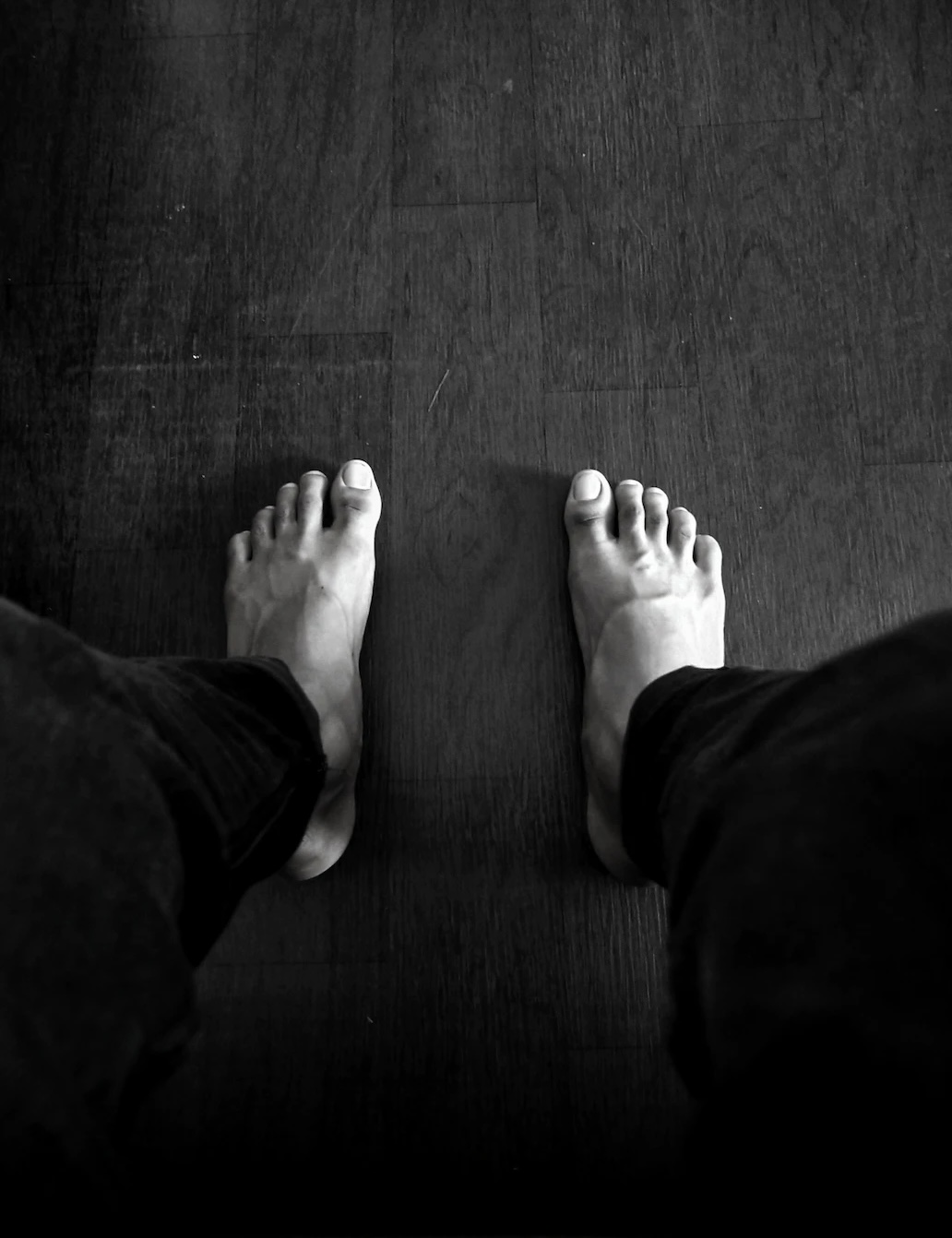
Getting older can even impact feet.
The body changes as people age.
No surprise there.
Sometimes, these shifts are dramatic, as in the case of puberty.
Other times, the changes are more subtle.
According to a recent Verywell Health article titled “How Aging Affects Your Feet,” feet often experience more gradual change over time.

It is common for feet to ache as people get older.
Collagen production and cell turnover slow as people age.
Both the fatty, cushion layers of the soles and heels, as well as the skin, begin to thin.
Because feet are used for standing, walking, running, and balancing, these changes affect various joints, tendons, and muscles.
What are common problems with aging feet?
Dry Skin.
Collagen depletion can prime feet for dry skin.
Neglecting skincare for the feet can lead to increased calluses and cracked heels.
The splitting of skin can lead to a greater risk of bacterial infection.
Not good.
Flat Feet.
When ligaments stretch with age, the foot arch can fall.
This condition is known both as “pes planus” and “flat feet” and is often painful.
I have had flat feet since my arches "fell" way back in grade school.
Consequently, this is a condition for which I have been making accommodations since then.
I have had custom and over-the-counter orthotics over the years.
My recommendation?
Visit "Comfort Plus Shoes" in Leawood, Kansas, for your own custom fitting for Quadrastep orthotic inserts.
Over the past seven years, these have provided me with the best and most practical foot support.
In addition, Comfort Plus Shoes is staffed with extremely knowledgeable and friendly consultants.
They have a wide range of high-quality footwear, too, from sandals to dress shoes and everything in between.
I cannot recommend Comfort Plus Shoes enough and, no, this is not a paid endorsement.
Shortened Achilles Tendon.
Tendons require hydration like any other part of the body.
Water loss can shorten the tendons and can lead to a gate change.
Walking can be flatter as a result of restriction to the flexing of the toes, midfoot, and ankle.
Achilles tendons are common culprits for this condition as they connect the heel bone to the calf muscle.
As a result, stretching is vital.
Hammertoe.
When the joint of a toe bends abnormally, this is called hammertoe.
What causes hammertoe?
The condition is often the result of wearing high heels often or wearing narrow shoes.
These angles on hammertoes make them more susceptible to corns and calluses.
The abnormal bend in the joint typically leads to discomfort, swelling, stiffness, and pain.
Once hammertoe has developed it is typically permanent unless surgery is able to realign the joint.
Stretching your feet may help alleviate symptoms.
Arthritis.
Osteoarthritis involves joints wearing down from use.
About 13 percent of women over age 60 and 10 percent of men over age 60 experience this form of arthritis.
In feet, joints commonly affected are the first metatarsophalangeal joint, the subtalar joint, and the ankle joint.
Circulatory Problems.
Swelling of tissues and edema are common in the elderly.
Poor circulation is a common culprit.
Without good circulation, fluid builds up in the lower extremities.
Seniors with chronic kidney disease, cirrhosis, other liver diseases, and congestive heart failure often develop edema.
While these conditions are common with age, you can take steps now to care for your feet to alleviate symptoms or curtail their progression.
Reference: Verywell Health (Sep. 23, 2020) “How Aging Affects Your Feet”
REMEMBER: “The choice of a lawyer is an important decision and should not be based solely upon advertisements.”
This statement is required by rule of the Supreme Court of Missouri.
